The 10 Coolest IoT Products Of 2016

New IoT Products
The Internet of Things continues to expand as the market, once best known for ritzy consumer products, like a connected bed or smartwatches, now includes more specialized vertical markets and industrial applications.
Companies like AWS, Apple, and Cisco debuted new modules, industrial network directors and other products that grew the size, scope and reliability of connected devices.
Here are the 10 coolest Internet of Things products released in 2016.
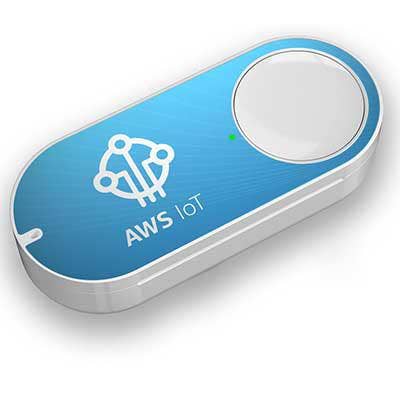
AWS IoT Button
In May, Amazon launched the AWS IoT Button – a programmable button, called Amazon Dash – that enables developers to control connected devices.
This Wi-Fi device allows developers to use managed cloud platforms like AWS IoT, AWS Lambda, and other Amazon Web Services. With AWS IoT Button, users suddenly have in their hands a simple, physical interface to a single or series of complex network services. It could be configured to be anything from a simple, connected remote control or a system for checking out guests who stay at your rental home via Airbnb.
The button, which has a battery that lasts for 1,000 presses, was sold out the same day it was released.
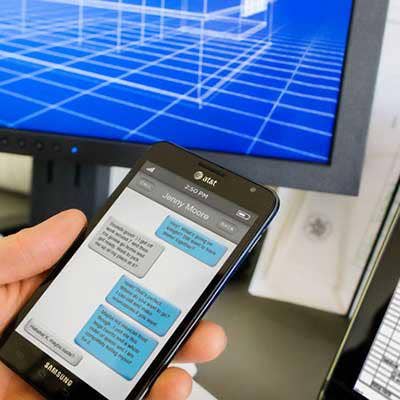
AT&T LTE Modules For IoT
In June, AT&T approved a new family of certified LTE modules to help their business customers lower costs and improve device performance in IoT applications.
The LTE modules, which are certified to run on the company's 4G LTE network, can be used in smart city, industrial and wearable applications, according to AT&T. Business customers are able to use these modules to create an array of solutions while decreasing the cost of LTE connectivity.
’Our customers will be able to deploy a wide range of IoT solutions more efficiently and upgrade to Cat-M1," said Chris Penrose, senior vice president at AT&T's IoT Solutions. "Our Smart Cities, Industrial Enterprises and wearables customers are eager to take advantage of these new capabilities."
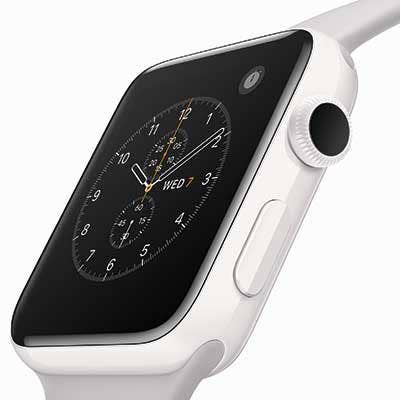
Apple Watch Series 2
In September, Apple released the second generation of its Apple Watch, which was more rugged and useful as a fitness tracker.
The Cupertino, Calif.-based company said its newest watch is water resistant up to 50 meters, and has a faster dual-core processor, improved graphics and a brighter display. In addition, the watch has GPS, which can measure distance and speed when the user is running or biking.
This smartwatch is available in two sizes – 38 mm and 42 mm – and costs $369 in aluminum and stainless steel. Apple also announced a partnership with Nike to release the Apple Watch Nike+ edition, designed specifically for runners.
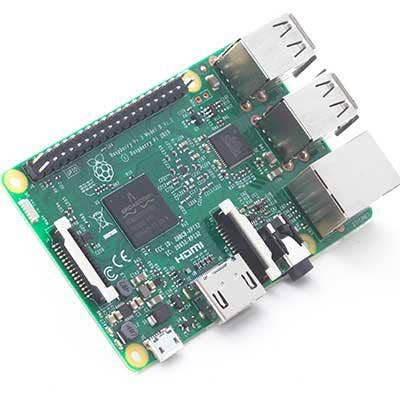
Raspberry Pi 3
The next version of Raspberry Pi – a single board computer targeted for connected devices – was released in February. This Windows 10 device, released by the Raspberry Pi Foundation, is powered by a 1.2 GHz Broadcom BCM2837 SoC and includes new features like integrated 802.11ac wireless LAN and Bluetooth 4.1.
The Raspberry Pi Foundation said that the new device has a 50 percent increase in performance and 33 percent increase in clock speed over its predecessor. The company said it also has added more processing power and functionality to the $35 device in order to become an "IoT Hub" for smart home applications.
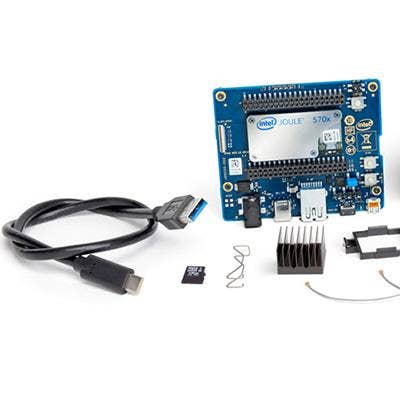
Intel Joule Module
Intel in August introduced its new Joule platform, a module built for IoT applications by packing a high-performance system-on-module into a low-power package.
The maker board enables users to take a concept from prototype into production at a "fraction of the time and development cost," according to Intel.
Joule is available in two models – the 550x and the higher-performance 570x – and the developer kit will begin shipping in September through Intel partners. According to Intel, Joule features high-end compute, 4K video and large memory capabilities, as well as support for RealSense technology and other Intel software tools.
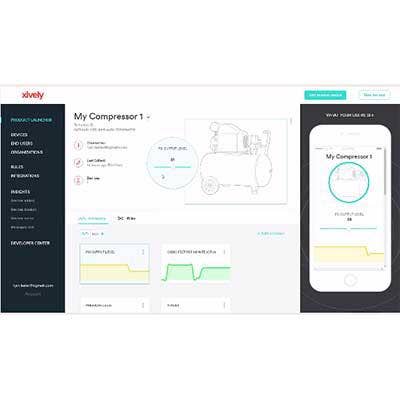
LogMeIn's Xively ProductLauncher
LogMeIn in September lifted the curtains off its Internet of Things interactive design tool, Xively ProductLauncher.
This tool enables companies to model their IoT projects before they invest time and resources to develop customer software and physical projects. The ProductLauncher is powered by the full-enterprise Xively platform and offers more than 300 connected templates across several IoT use cases – including smart home, commercial and health care, according to LogMeIn.
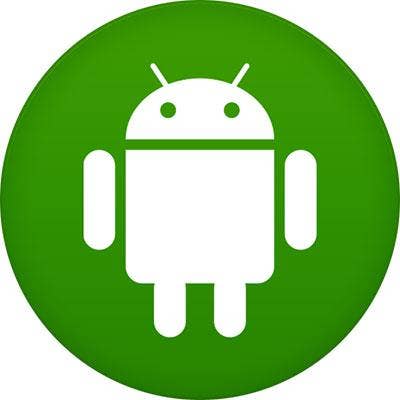
Google's Android Things
In an effort to make it easier for developers to build Internet of Things devices, Google in December revamped and rebranded its Brillo software as a new IoT operating system called Android Things.
Android Things, which is available now as a developer preview, mixes together Brillo with Android developer tools, Google cloud computing services, and support for Google's IoT communication platform, Weave.
Android Things aims to help make it easier for hardware and software developers to create IoT products with the same Android APIs -- such as Android Studio and the Android Software Development Kit – and Google services that they're currently accustomed to.
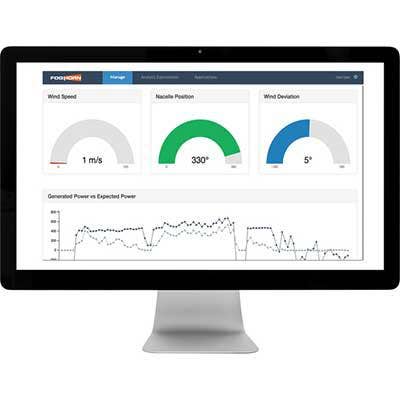
Foghorn Lightning Edge Intelligence Software
Startup Foghorn Systems in September announced that its Lightning Software platform for real-time analytics applications, running on small footprint edge devices, is generally available.
This platform allows application developers and system integrators to quickly build high-performance edge analytics solutions for industrial operations applications.
The platform also enables businesses with distributed operations to get insights into IoT-connected machines, as well as operations technology control systems and sensors attached to those machines.
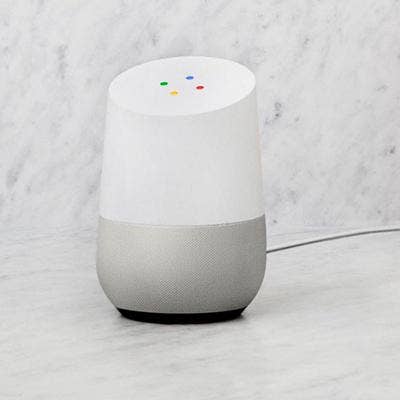
Google Home
Google Home, Google's voice activated speaker released in November, is the company's answer to Amazon Echo – and a tool that enables consumers to more easily use their IoT smart home devices.
Google Home allows users to play music, podcasts and radio, get answers from Google's search functionalities, and voice control their smart devices.
The product is compatible with smart devices like Chromecast, Nest and Philips Hue, so users can talk to it to set the perfect temperature or turn down the lights in their houses. Google Home is currently available for $129.

Cisco Industrial Network Director
Cisco in 2016 released the Industrial Network Director to help IT and operations teams work together to gain full visibility of network and automation devices.
This network management system offers purpose-built user experiences for non-IT operations personnel and a common framework for operations to manage and maintain the industrial network, and quickly recover from unplanned downtime.
The system also features real-time monitoring of device metrics, traffic statistics, and network infrastructure status for improved network health, performance, and uptime, as well as a role-based access control tool with customizable permission mapping to restrict system access to authorized users on a per-feature basis.